
On board Saffron, Spice Routes’ double-storey houseboat. Image by James Houston
Beyond Kerala’s humid, bustling cities lies a subtropical maze of secret waterways and verdant rice paddies. LUX discovers the singular beauty of the backwaters, aboard a luxury houseboat
We arrived in Fort Cochin, dusty and bleary-eyed from a long train ride down from Mumbai, into the thick humidity of an early Indian summer. Fort Cochin is the prettiest and oldest part of Kochi. It was once occupied by the Dutch and the Portuguese, and the cobbled streets and architecture retain the appearance of old-world Europe. The food is fresh with tropical flavours that differ from the rich, creamy sauces of Northern India. We ate best at the tables beside little huts which sit beneath palm trees along the waterfront, where the fish is caught practically before your eyes and served simply with fried spices and rice.
Follow LUX on Instagram: the.official.lux.magazine
Whilst this part of the town used to be busy trade port (there’s plenty to be discovered in various museums), the rhythm of life is now sleepy and tranquil, with tourists drifting between air-conditioned cafes, craft shops and independent art galleries. During our stay, we caught the last few days of the Kochi-Muziris Biennale, stumbling across various installations and exhibitions hidden within courtyards and gardens as we wandered the streets.

Views over the rolling hills of Wayanad. Image by James Houston
Almost everyone we met was returning to the state for the second or third time, having fallen in love on their first visit. The top recommendations were to stay amongst the tea plantations in Wayanad (the north-eastern part of Kerala) and to go on a cruise through the backwaters. For many travellers, the word ‘cruise’ understandably conjures up images of massive five-storey monster ships, packed tight with tourists, but in Kerala, a cruise simply means a boat trip whether that’s on a fishing boat, houseboat, or in any other kind of floating vessel.
Most of the backwater tours depart from the coastal town of Alleppey (an hour and a half’s drive down the coast from Fort Cochin, or two hours in a tuk tuk if you prefer a slower, more scenic route). Spice Routes, unlike many of other cruise providers, offers exclusive use of their luxury houseboats, meaning that you get the whole thing to yourself. The company owns six boats varying from one-bedroom to five-bedrooms. We were booked on Saffron, an elegant double-storey boat with a large bedroom, ensuite bathroom and lounge area on the lower deck and a dining room and sundeck upstairs. The interiors paired traditional Keralan design with contemporary touches and an abundance of floor-to-ceiling windows.
Read more: Art dealer Tamara Beckwith on Rob Munday’s holographic portraiture
Rather than feeling like a floating hotel, the boat felt homely and private. The staff were there when we needed them, and not when we didn’t. We spent most of the time from our departure to nightfall, lying on the deck, sunbathing, watching the fishing boats and listening to the birds.
It is worth noting that the backwaters are by no means a secret and whilst there are, most likely, more secluded routes to navigate on smaller vessels, the main waterways tend to be busy with activity. By the evening though, when we moored up close to a bank to buy fish for our supper from a local fisherman, most of the other boats had returned home. We ate amidst silence and slept with the blinds up in a grand four-poster bed, waking with the sun.
The real luxury of the sailing through these waters, though, is the opportunity to see the landscapes and life beyond India’s urban environments. For most travellers, experiences of the country tend to be confined to the cities dotted along designated transport routes; self-drive cars are near impossible to hire and if you have a driver, it can be difficult to know exactly where to direct them unless there’s it’s to a tourist site. In the backwaters, life happens on the riverbanks: the washing of clothes, dishes, bodies, hair, swimming, chatting, playing. On the deck of a luxury boat, we became voyeurs, made suddenly, acutely aware of the country’s wealth divide, of our privilege and other ways of existing in the world.
Rates from 25000 INR per night on-board Saffron, incl. all meals (approx. £250/ $350 / €300)
For more information visit: spiceroutes.in


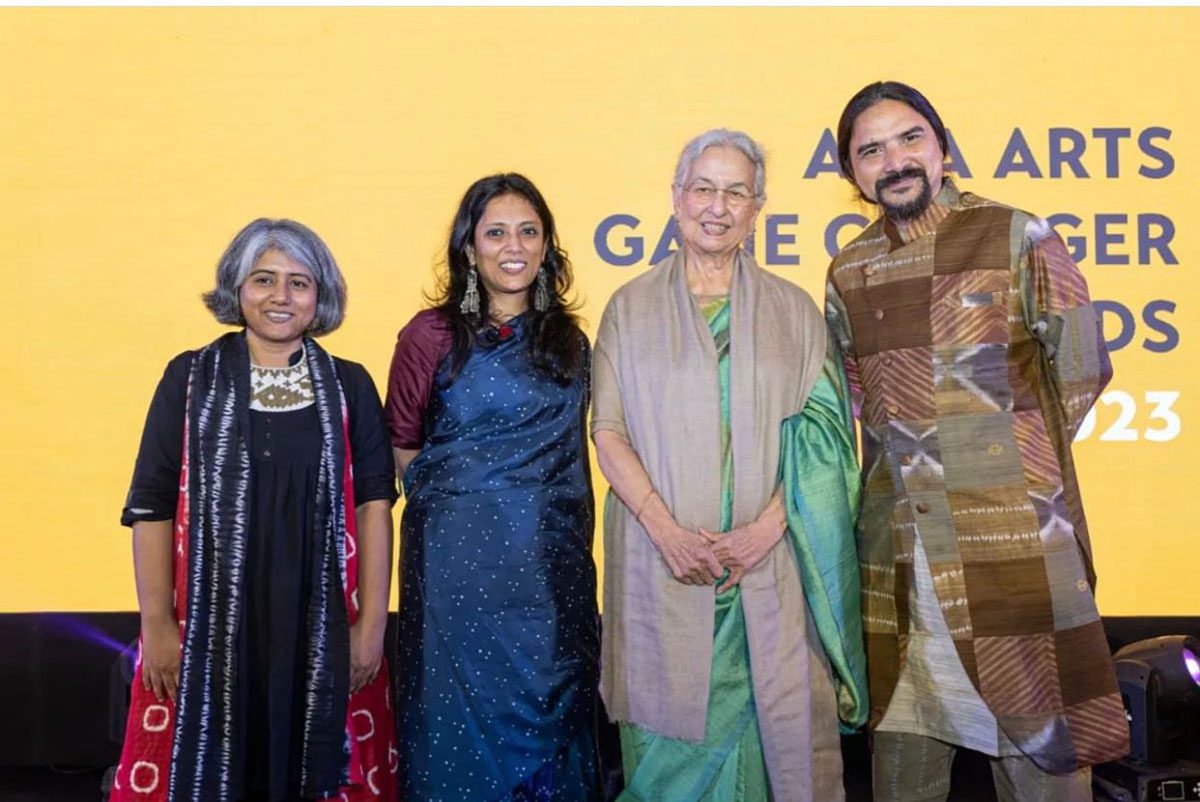

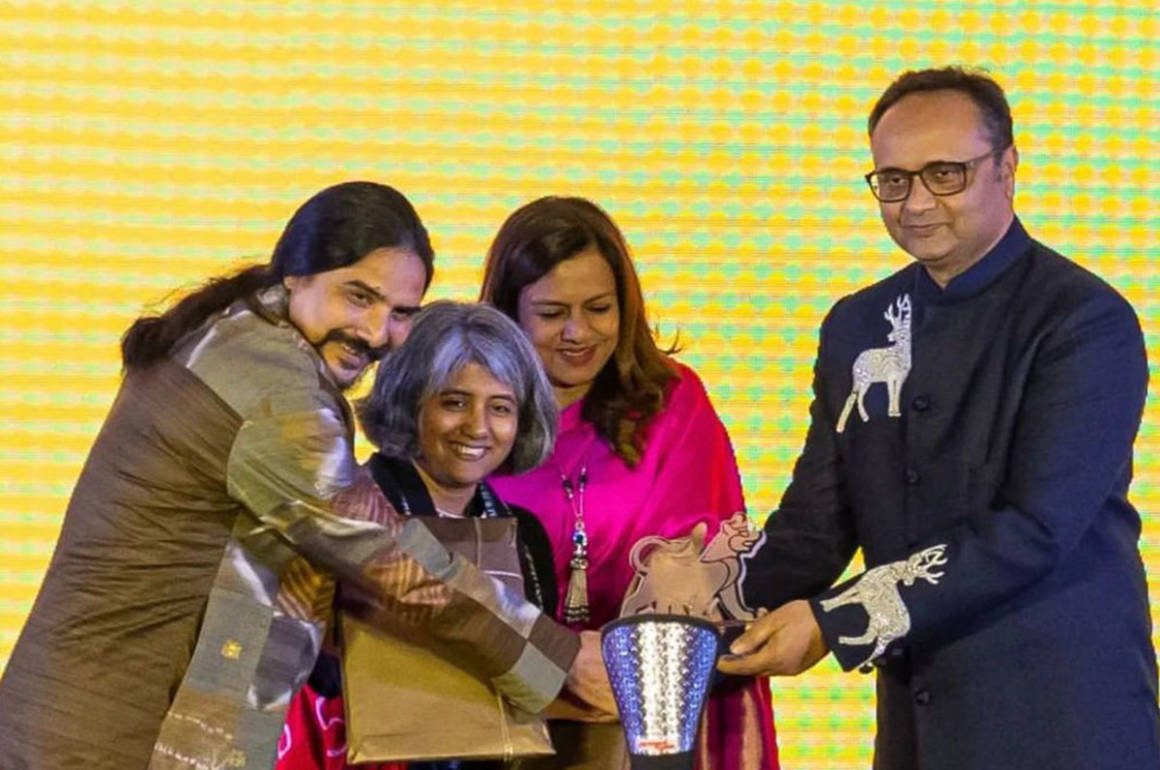

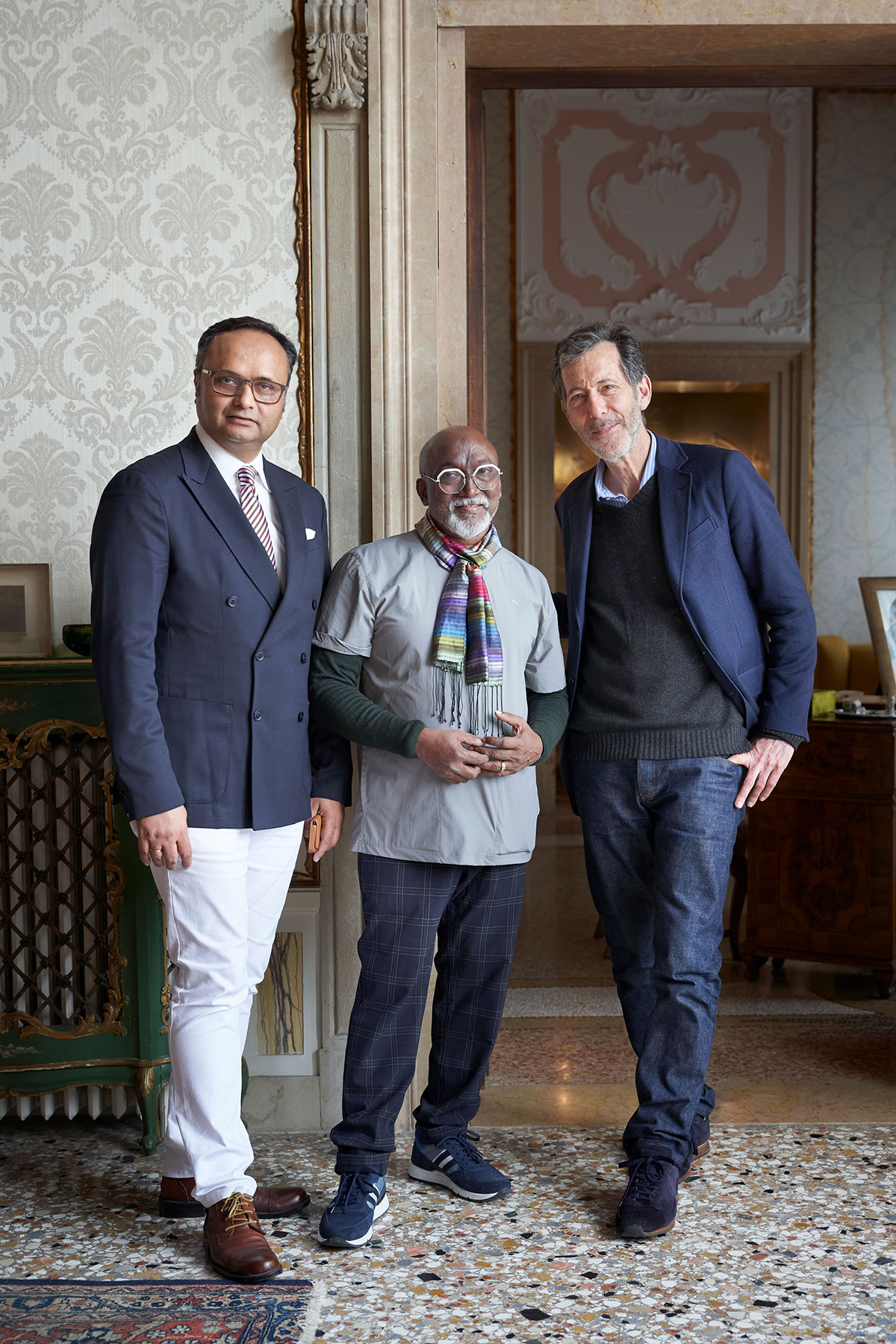
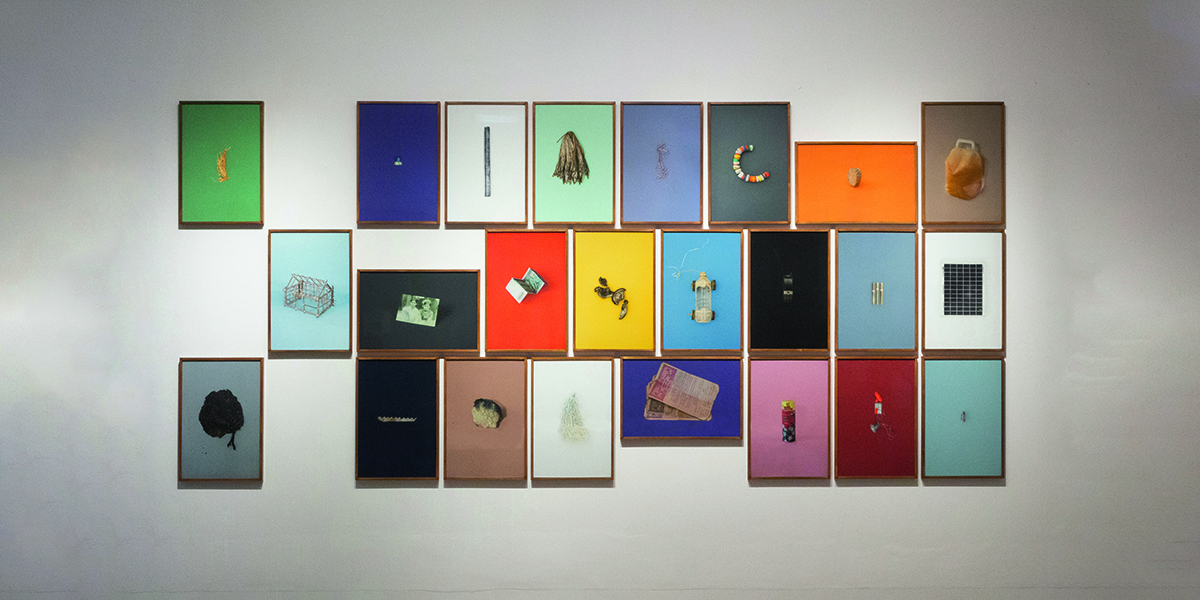

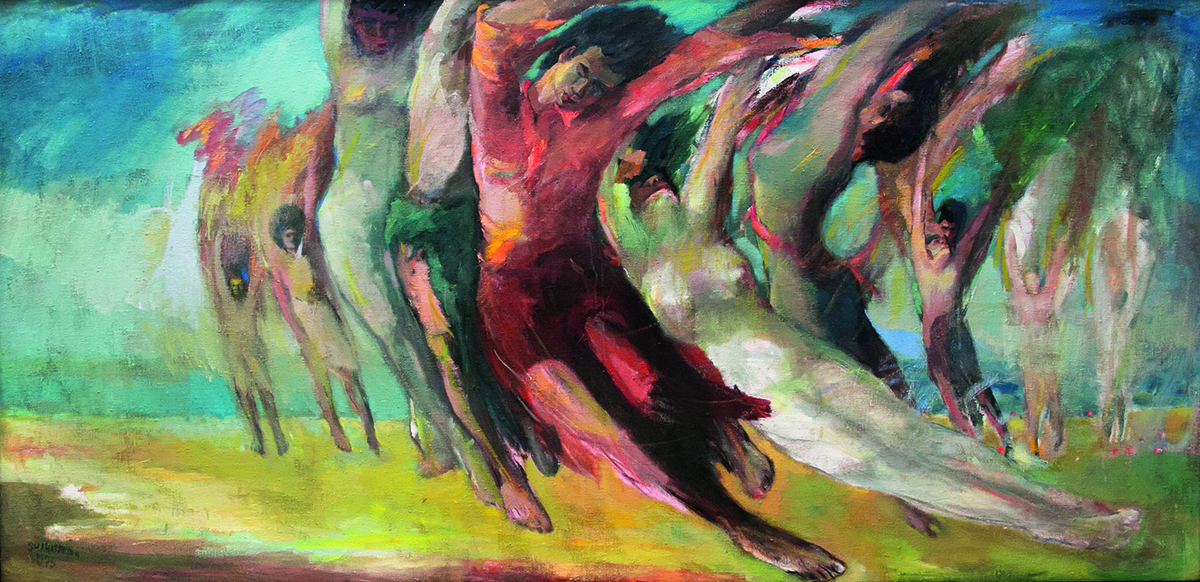
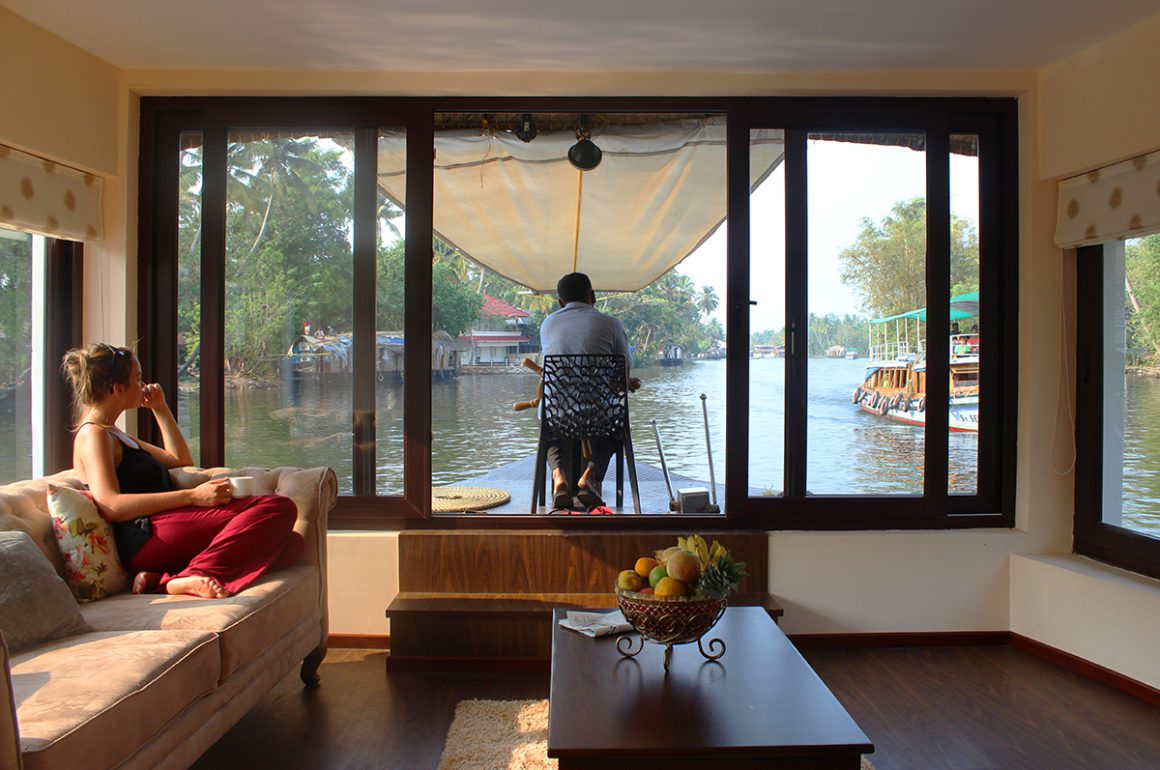







Recent Comments